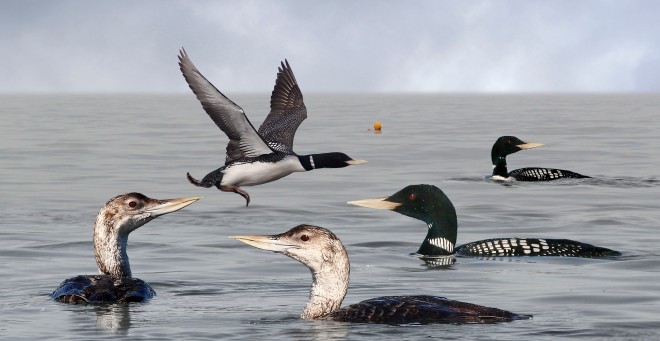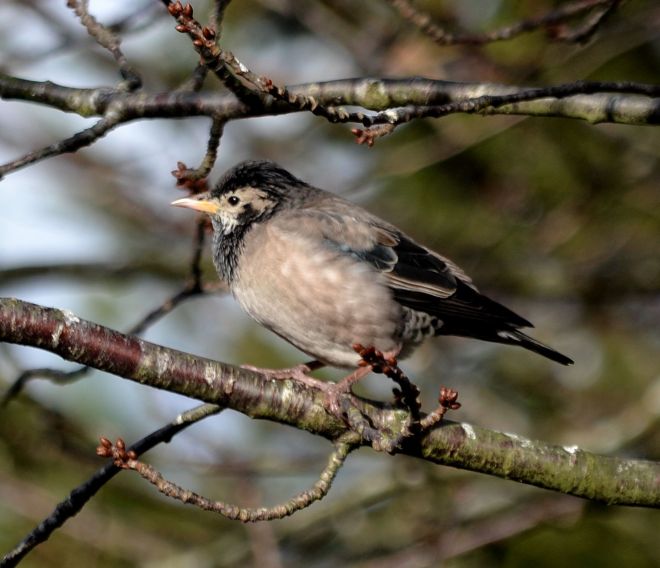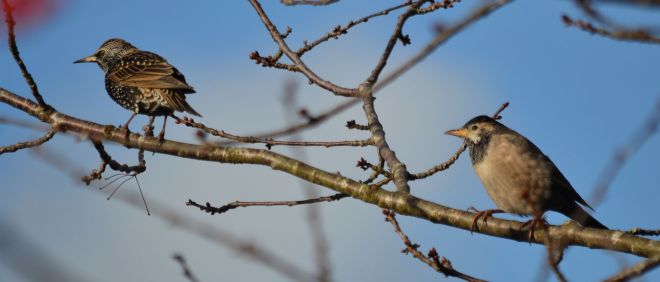This is the last European diver, or loon as they are also known that I needed for my birding life list. I usually associate reports of White-billed Diver with northern Scottish coasts. So when a juvenile turned up five days ago at an inland river site south-east of Lincoln, just within my preferred range, it was a must see. Even more so after I viewed these images (here) on RBA.
On Monday at a county twitch in north Oxfordshire I overheard a conversation about this bird and expressed my interest. The next day Ewan called to say he was up for it if I would do the driving and so it was agreed. I was sickening for a cold that I did not want to pass on to my friends at the charity shop, so a birding day out with a hardy soul who though warned was not bothered by my germs was an attractive prospect. And so we set out northward at 9am on a foggy Wednesday morning.
In Europe White-billed Diver breed in arctic coasts of Russia and winter chiefly along the north-west Norwegian coastline. It is a rare winter visitor further south around the North Sea though there are notable annual spring gatherings in Scottish waters off the Isle of Lewis and the coast of north Aberdeenshire. Inland British occurrences are very rare indeed and hence this bird has been nominated the Bird Guides bird of the week.

White-billed Diver: first winter (foreground) and adult breeding © Crossley ID Guide to Britain and Ireland
The day’s first sighting on RBA told of the Lincs WBD drifting north along the River Witham past a tiny village called Southrey (TF138663). We arrived there some time after midday to find a gaggle of birders milling about and wondering in which direction to search along the towpath. The latter half of our journey had been through cold clear sunlight but once we got close to the location it became apparent the whole area was blanketed in freezing fog that would not be burning off any time soon.
At 12:20 a birder checking RBA announced that the diver had been relocated a few miles to the north at Bardney Bridge (TF113693). Cue a mass re-location. Ewan and I were amongst the first to arrive there and about 500 metres north of the said bridge we sighted a very impressive looking bird indeed, keeping company with a Cormorant. White-billed Diver is the largest of its genus that breeds in Europe, even bigger than a Great Northern Diver. The two species are quite similar in appearance but WBD’s distinctive and most impressive feature is a large, straight, up-tilted white bill that in summer turns yellow. Hence this bird is also cited as its north American title Yellow-billed Diver (or Loon) in some sources.
I observed the diver for a short time then attempted to photograph it, at which point I realised there was no SD card in my camera. It happens … well sometimes! And so I rushed back to the car to retrieve the spare I always carry, passing many more birders converging from various points along the River Witham and all enquiring about the WBD. “Keep going, you can’t miss it,” and such like I responded but it appeared that all of them did. I could not have imagined this bird could move on so far in the short time that I was away.
Returning to take my pictures, or so I had thought I stomped on and on to eventually rejoin a confused melee of birders all at a loss to know where the WBD had got to. It seemed that only the first several people on site, including ourselves had managed to connect. Ewan said he had seen the diver turn around and probably head back south, and so we agreed to search in opposite directions. Walking north I quickly encountered people coming back from a lock and barrage beyond which the bird was unlikely to have passed. Then Ewan called to say he had viewed the WBD very briefly as it surfaced back near Bardney Bridge. I conveyed that to those ahead of and behind me and so things continued.
It became clear this powerful swimmer must be travelling for considerable distances under water. The thing was that people walking the towpath all headed for the group of birders they could make out in the fog ahead instead of keeping an eye on the river. And so almost everyone missed the bird. Meeting Ewan again he suggested we went back to Southrey and wait for the WBD to pass. Back there it soon became apparent that lots of other people, most of whom had yet to see the bird all had the same idea. By 2:30 pm we decided to look further south again, but discouraged eventually by the dismal and freezing weather we gave things up and headed home.
In various ways this was a frustrating day, due not least to the local weather conditions and also because out of carelessness I did not capture my own images of an important lifer. But I had seen the WBD well which most birders in the area did not on this occasion. It seems rather bizarre that such a large and stand-out bird could have eluded most of its audience so thoroughly for much of the time, but that is what happened. Most importantly I have now observed all of the European divers in Great Britain.












